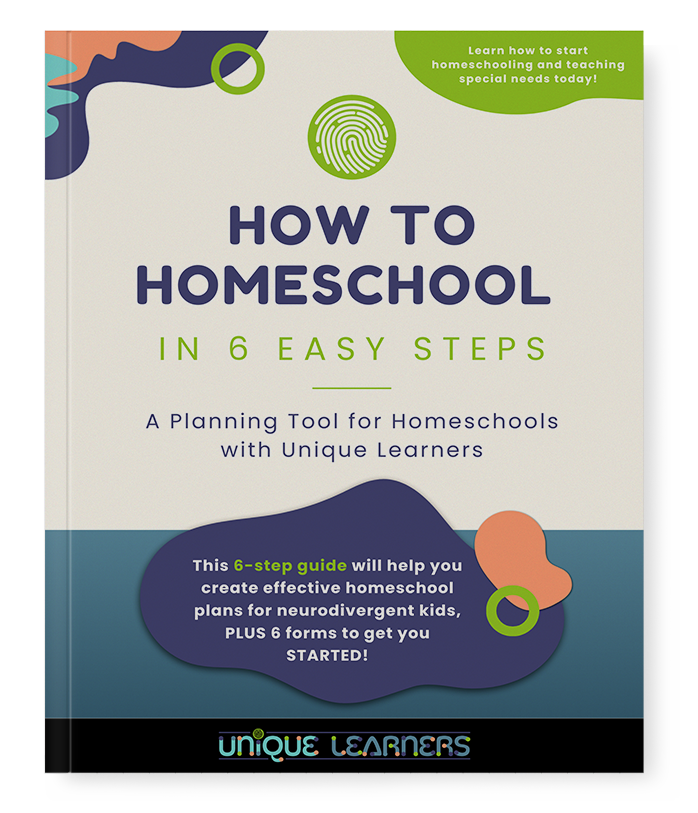Here are practical multisensory activities you can try NOW!
One of my favorite ways to do spelling or math facts is to write ONE word or fact on a whiteboard or index card. I go through loads of index cards! Write the word or fact really big with purple or blue marker. Have the child look at the word/fact (visual). Then you and the child should say and hear it aloud (auditory). Now comes the fun part! No dreaded worksheets! Have your child use a finger to write in a rice or sand tray (tactile).
To make a rice tray, take a 9×13 inch baking pan and just plain rice. You can color it if you want, but the sensation of the rice is the most important thing. Just dump a bunch of rice to be about 1/2 inch to 1 inch deep. It doesn’t have to be exact. Just thick enough so that when your child uses a finger to write, the word or number can still be seen on the bottom or at least an indentation.
To make a sand tray, take a 9×13 inch baking pan and get colored sand from a craft or dollar store. Pick a color your child likes. Like the rice tray, make the depth of the sand about 1/2 inch or so thick. Remember, it’s feeling with the finger or the sensation on the skin that matters. Your child can even try writing a word or number with an elbow! Warning: my 2 rules for the sand tray are 1) don’t slap the sand – and – 2) swipe it off your hands over the tray – because the sand can scratch wood tables.
Traditional copying is not brain-friendly.
Traditional practice of spelling words or math facts by copying or writing 5 to 10 times works for a few kids, but mostly repetitive copywork creates an inflexible learner who may have difficulty in recall or output. Traditional spelling or math practice involves copying a list of 10 to 25 words repeatedly and memorizing them for a Friday spelling test or timed math drill. Neurotypical students MAY do well with this type of activity. Our unique learners seldom learn from them at all!
Multisensory learning stores info in multiple places in the brain!
Instead, do only 3 to 5 words or math facts per day that follow a pattern. If you want to add in a kinesthetic component, put the words or math facts really big on a letter-sized paper. Spread the papers around the living room or even outside in the yard! Say the word or fact and have your child run, hop, jump, or crawl around to gather the right word or fact.
A final word
You can add multisensory teaching and activities to what you are already doing. If you are using a program that is heavy into workbooks, just change the way you use one of the pages. Instead of another paper/pencil task, use one of the techniques I just described. No need to change programs YET. Just tweak what you do to involve VATK activities.
Happy Learning!
Sue Hegg

